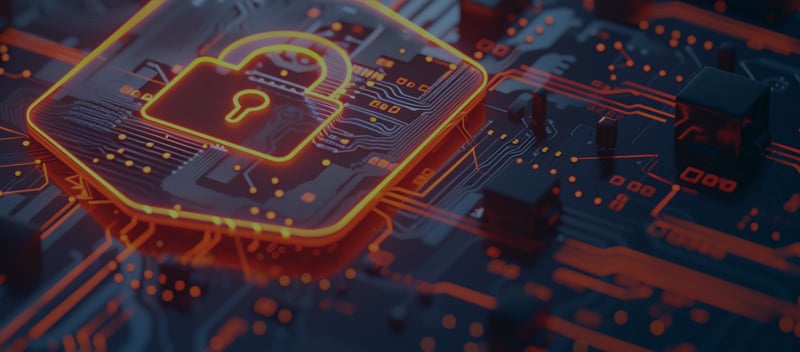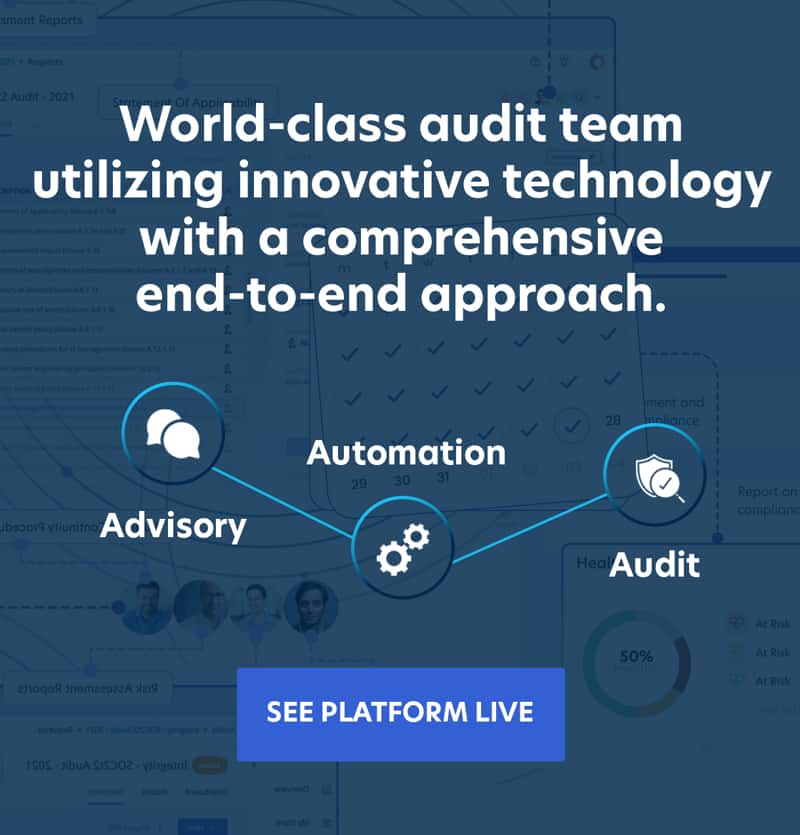Blog Network Security Issues: Common Network Threats
Network Security Issues: Common Network Threats

Today’s business landscape has expanded from local to global. Although this has resulted in numerous benefits, there is also an increase in your risk level, particularly when it comes to threats to your cybersecurity.
That is why it is essential to understand the nature of the attacks that you could experience so that your management and information technology staff can begin working to prevent, detect, and neutralize these network security problems should they occur.
Distributed Denial of Service Attacks
The number of DDoS attacks that businesses experience is growing each year. That is probably because these intrusions can do so much damage. They work like this: Hackers flood your networks with such a high traffic volume that your systems are drastically slowed or even paralyzed.
Often, bad actors target Internet-of-Things (IoT) products with poor security protections to gain access to internal systems. Once they have infiltrated your firewall perimeters, they can implant malware, steal data, commit identity fraud, or engage in numerous other types of criminal activity.
Effective firewalls, monitoring, and early detection are the best defenses against these attacks. Mitigate your risks by implementing a preemptive DDoS plan to track your LAN and WAN network traffic flow and bandwidth usage so that you can react immediately if an anomaly appears.
Ransomware
You may have heard of ransomware, the nightmare attack that has brought many corporate operations to their knees by holding the business’s networks hostage until large amounts of cash are sent to the criminals. This significant information security issue is actually even more complex; it can also result in corruption or loss of data. It exploits unpatched computer workstations and automated software updates to barge into your systems.
The best way to protect your system from these malicious and destructive attacks is to employ common-sense cybersecurity measures, such as ensuring that all programs and patches are updated regularly. Furthermore, you should invest in vulnerability assessment tools and auditing to obtain information about weaknesses or flaws in your defenses.
Cloud-based Malware
Relying on third-party vendors to manage and store your data offsite is more secure than keeping it on your premises. However, hackers have figured out ways to take advantage of this behavior by exploiting the vulnerabilities in these systems. While your internal solutions may be ironclad, these weaknesses in your third-party security architecture can put your data and mobile and wireless devices at serious risk.
Implementing advanced threat intelligence monitoring and other analytics can give you a heads-up to guard against these network security issues.
For more on our Managed Security Services, Click Here
Networking Threats from the Inside
While it is crucial to safeguard your perimeters with a robust public firewall, you need to be equally diligent in protecting your assets against networking security issues from users who already have authorized access and system rights and privileges. Employees do this type of damage for several reasons: to deliberately harm your business by stealing or compromising data, to commit industrial espionage to benefit a competitor, or out of sheer carelessness or incompetence.
The best network security solution, in this case, is to implement a multi-layer defense that consists of prioritizing assets according to criticality, developing and implementing a clear insider threat policy that includes ongoing training and upgrades as systems evolve, strictly documenting and enforcing these policies, and monitoring employee network activity.
Encrypted Network and Web Traffic
Encryption allows companies to protect the confidentiality of the information they store and send. Still, it also gives hackers a way to hide their malware so that it is harder to detect and neutralize. With these network security threats, one of the best remedies is using automated machine learning and artificial intelligence solutions that can analyze patterns in encrypted content and alert you should a potential risk be detected.
Social Engineering Attacks
Email is a vital communication tool that enables employees to share mission-critical information with coworkers and external collaborators. However, it is also one of the easiest ways for hackers to breach your security architecture. This network security risk can take place in numerous ways, many of which require the unwitting cooperation of end users.
In some instances, malware is hidden in commonly used Microsoft Word, Excel, and PowerPoint file extensions. At other times, hackers launch phishing attacks, sending email messages appearing to come from legitimate sources that encourage the person to open malware-laden attachments or to provide sensitive company or personal identity data. Installing robust spam filters and upgrading systems are helpful. Still, you must also implement and regularly conduct staff training to ensure your employees know the red flags that often signal these common types of attacks.
Social Engineering Attacks
Discussing cybersecurity problems and solutions would not be complete without looking at the inner workings of your network’s safety system. A breach will occur sooner or later, and your enterprise needs to be ready for it by already having a robust internal safety net in place. The problem is that many companies have an open network structure that gives hackers universal access to every account, data cache, and wireless device throughout the ecosystem once they gain unauthorized entry.
Any conversation about fixing network threats should include reviewing the pros and cons of network segmentation for your company. When this infrastructure is used, your network is divided into several autonomous subnets whose traffic you can control with individual rules. Once protected in this way, your risks of severe breach consequences are reduced because this structure helps to slow hackers down, giving you time to implement containment and neutralization measures.
Stay Ahead in the Fight Against Network Security Threats
There is a constant push-and-pull relationship between network security threats and solutions. As soon as one type of vulnerability is addressed, bad actors target another. This is why it’s crucial to continuously monitor your network ecosystem for the first signs of trouble, allowing you to act immediately.
While your defenses may never be 100 percent effective against all threats, they can protect you against most modern network security issues and minimize damage when breaches occur.
Protect your network today — partner with TrustNet for proactive monitoring and cutting-edge solutions. Contact our experts today.




